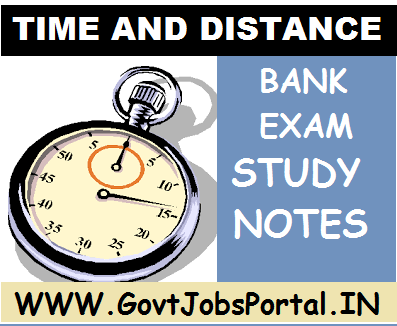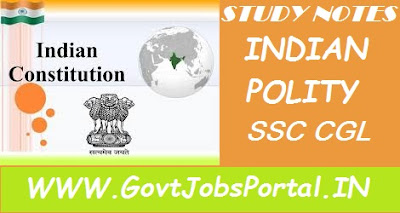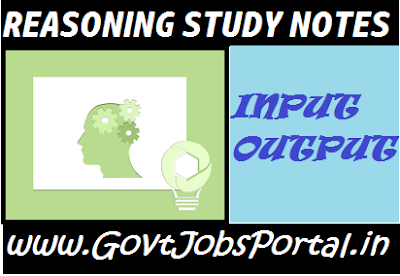TIME AND DISTANCE
INDIAN POLITY
UNITED NATIONS ORGANSATION
PROFIT AND LOSS (Profit and loss questions for Bank exams)
Profit and loss questions for bank exams. You know that the quantitative aptitude section is most important in bank exams in PO and Clerk and for other competitive exams because if you want a good score in the bank exam then you have to score well in maths. In competitive exams the most important thing is time management, if you know how to manage your time then you can do well in Bank Exams. That’s where maths shortcut tricks and formula are comes into action. So continuously we are providing shortcut tricks on different maths topics.
STATIC GK FOR SSC CGL
General Awareness is a source for good preparation of Bank, SSC CGL, UPSC, and railway and for other competitive exams. Study General Awareness from www.GovtJobsPortal.in and stay updated as well as prepare for General Awareness section which is asked in SSC CGL, UPSC and other competitive exams.
Here we are providing static GK for SSC CGL exam. Today’s topic on static GK is “First In India”.
It is the List of First in India Significance with achiever in different categories and sections those will be helpful for General Awareness section in SSC CGL exam.
MACHINE INPUT OUTPUT
SBI, IBPS AND RRB
LOGIC PUZZLES
STATIC GK FOR SSC CGL
BLOOD RELATION TRICKS
AVERAGE SHORTCUT : Calculate Average with a Trick
You know that the quantitative
aptitude section is most important in bank
exams in PO and Clerk and for
other competitive exams because if you want a good score in the bank exam then you
have to score well in maths. In competitive exams the most important thing is
time management, if you know how to manage your time then you can do well in Bank Exams. That’s where maths shortcut
tricks and formulas are comes into action. So continuously we are providing
shortcut tricks on different maths topics.
One of the most important
topics in maths is average. You should know how to calculate the Average in a very short time. For this here we are
providing shortcut tricks to calculate averages in maths.
General Awareness 2017
S.NO.
|
BANK
NAME
|
HEADQUARTER
|
FOUNDED
|
CEO/C/MD
|
TAGLINE
|
1.
|
Allahabad
Bank
|
Kolkata
|
24 April,
1865
|
Rakesh
Sethi
|
A
Tradition of Trust
|
2.
|
Andhra
Bank
|
Hyderabad
|
20 Nov, 1923
|
Suresh N Patel
|
Where India Banks
|
3.
|
Bank of
India
|
Mumbai
|
7 Sep,
1906
|
Melwyn
Rego
|
Relationships beyond banking
|
4.
|
Bank of Broda
|
Vadodara
|
P. S Jaya kumar
|
India’s International Bank
|
|
5.
|
Bank of Maharashtra
|
Pune
|
1935
|
S. Muhnot
|
One
family, One bank
|
6.
|
Canara Bank
|
Bengluru
|
1969
|
Rakesh Sharma
|
Together we can, its easy to
change for those who love
|
7.
|
Central
Bank of India
|
Mumbai
|
21 Dec,
1911
|
Rajeev
Rishi
|
Central
you since 1911, Build a better Life around us
|
8.
|
Corporation Bank
|
Manglore
|
12 march, 1906
|
Jai Kumar Garg
|
A premier public sector bank,
prosperity for all
|
9.
|
Dena Bank
|
Mumbai
|
26 May,
1938
|
Ashwani
Kumar
|
Trusted
family bank
|
10.
|
IDBI bank
|
Mumbai
|
July 1964
|
Kishor kharat
|
Banking for All “AAO schein
bada”
|
11.
|
India Bank
|
Chennai
|
15 August
1907
|
Mahesh
kumar jain
|
Your tech
friendly bank
|
12.
|
Indian overseas bank
|
Chennai
|
10 Feb, 1937
|
R. Subramania kumar
|
Good people to grow with
|
13.
|
Oriental
bank of commerce
|
Gurugram
|
19 Feb,
1943
|
Animash
Chauhan
|
Where
every individual is committed.
|
14.
|
Punjab and Sindh bank
|
New Delhi
|
24 June, 1908
|
Jatinder bir singh
|
Where series a way of life.
|
15.
|
Punjab
National Bank
|
New Delhi
|
19 May,
1894
|
Usha
Ananthasu-bramanian
|
The name
you can bank upon.
|
16.
|
Syndiacate Bank
|
Manipal
|
1925
|
Arun Shrivastava
|
Faithfully friendly.
|
17.
|
UCO Bank
|
Kolkata
|
6 Jan,
1943
|
Ravi
krishan Takkar
|
Honors you
Trust.
|
18.
|
Union bank of India
|
Mumbai
|
11 Nov, 1919
|
Arun Tiwari
|
Good people to bank with.
|
19.
|
United
bank of India
|
Kolkata
|
1950
|
Pawan
kumar bajaj
|
The bank
begins with ‘U’.
|
20.
|
Vijay bank
|
Bengluru
|
1931
|
Kishore kumar Sansi
|
A friend you can bank upon.
|
21.
|
Bharatiya
Mahila Bank
|
New Delhi
|
2013
|
S. M
Swathi
|
Empowering
Women, Empowering India.
|
22.
|
State bank of Bikaner and Jaipur
|
Jaipur
|
1963
|
Arundhati Bhattacharya
|
The bank with a vision.
|
23.
|
State bank
of Hyderabad
|
Hyderabad
|
8 August,
1941
|
Arundhati
Bhattacharya
|
You can
always bank on us.
|
24.
|
State bank of India
|
Mumbai
|
2 June, 1956
|
Arundhati Bhattacharya
|
The nation banks on us; Pure
Banking nothing else; with you all the way.
|
25.
|
State bank
of Patiala
|
Patiala
|
1917
|
MD- S. A
Ramesh Ranga
|
Blending
Modernity with Tradition.
|
26.
|
State bank of Travancore
|
Thiruvananthapuram
|
12 Sep, 1945 as ltd.
|
Arundhati Bhattacharya
|
A long Tradition of Trust.
|










